When you have an idea, do you have enough words to express it?
If you need a new word, where do you find it?
If you answered, “From my word memory,” then how did it get there?
The answer, although probably obvious, is this. The more words a child has heard during childhood, the more words that same child will ultimately use when reading, speaking and writing.
Building Vocabularies
Vocabularies are first built through human interaction, mostly between babies and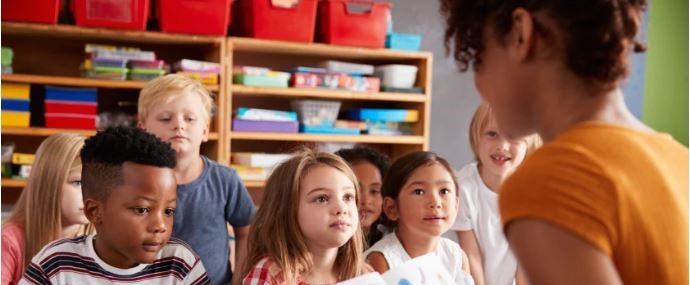 their parents or primary care providers. Also, with the advent of technology, read-aloud children’s books are available when there is not an adult available to read to the child. Children who are old enough to sit during adult conversations, will benefit in learning new vocabularies related to the particular interests of their parents and their friends.
their parents or primary care providers. Also, with the advent of technology, read-aloud children’s books are available when there is not an adult available to read to the child. Children who are old enough to sit during adult conversations, will benefit in learning new vocabularies related to the particular interests of their parents and their friends.
Neuroscience Guides Vocabulary Acquisition and Usage
 According to the French neuroscientist Stanislas Dehaene, reading bedtime stories to children, beginning from toddlerhood and continued through their growing-up years, strengthens their brain circuits for language and helps them learn to understand texts and formulate complex thoughts.
According to the French neuroscientist Stanislas Dehaene, reading bedtime stories to children, beginning from toddlerhood and continued through their growing-up years, strengthens their brain circuits for language and helps them learn to understand texts and formulate complex thoughts.
(Dehaene has spent several years studying the results of fMRI scans and has reported back to the world at large about how the brain reads. His discoveries have changed how we think about the child’s acquisition of language and how it impacts the ability to read. Dehaene also recommends reading to the child in the womb. According to Dehaene babies are born with a preference for listening to their native language which he says implies that language learning starts in the womb.)
Cultural Activities and Traditions
Fingerplay, Nursery Rhymes and Children’s songs are often passed down through families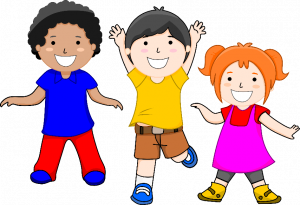 from grandparents, aunts and uncles, and other loved ones. Some children’s songs have dances that go with them. When movement is added to the human interaction, the benefit of multisensory activities on the brain is added to the mix.
from grandparents, aunts and uncles, and other loved ones. Some children’s songs have dances that go with them. When movement is added to the human interaction, the benefit of multisensory activities on the brain is added to the mix.
A group of scientists (University of Melborne: Department of Education and Early Childhood Development) have recently reported what they learned when examining the impact of a person’s early exposure to words. Here are two key facts from their findings, published online at: Reading to Young Children: A Head-Start in Life
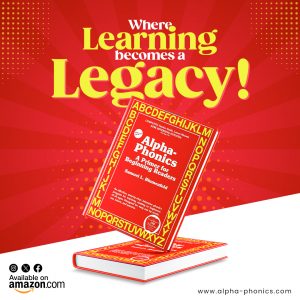 The frequency of reading to children at a young age has a direct causal effect on their schooling outcomes regardless of their family background and home environment.
The frequency of reading to children at a young age has a direct causal effect on their schooling outcomes regardless of their family background and home environment.- Children read to more frequently at age 4-5 achieve higher scores on the National Assessment Program – Literacy and Numeracy (NAPLAN) tests for both Reading and Numeracy in Year 3 (age 8 to 9).
So now you know. Start talking to the little ones. You’ll enjoy their responses.
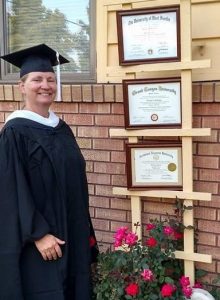 by Meg Rayborn Dawson
by Meg Rayborn Dawson
author of: Dyslexic No More: Saved by the ABC’s
MS: Exceptional Student Education (Univ. of W. Florida) emphasis on Applied Behavior Analysis
MA: psychology (Grand Canyon University)
BA: (NW Nazarene University)
***********************************************************************************
Did you know every year many 1,000’s of parents teach their own children to READ? Many of them have used Alpha-Phonics because they have found it can easily be used to teach their children to read. Your Kids can make a lot of headway in only a couple of weeks with this proven program. Alpha-Phonics is easy to teach, is always effective and requires no special training for the Parent. It works ! And it is very inexpensive. You CAN DO it !! Follow the links below to know all about the time-tested (40 + years) Alpha-Phonics program:
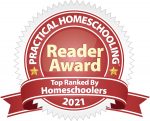
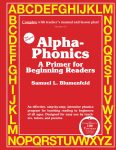

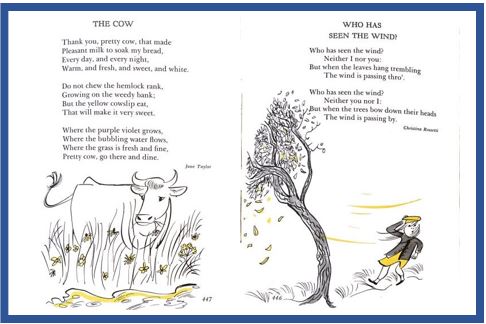
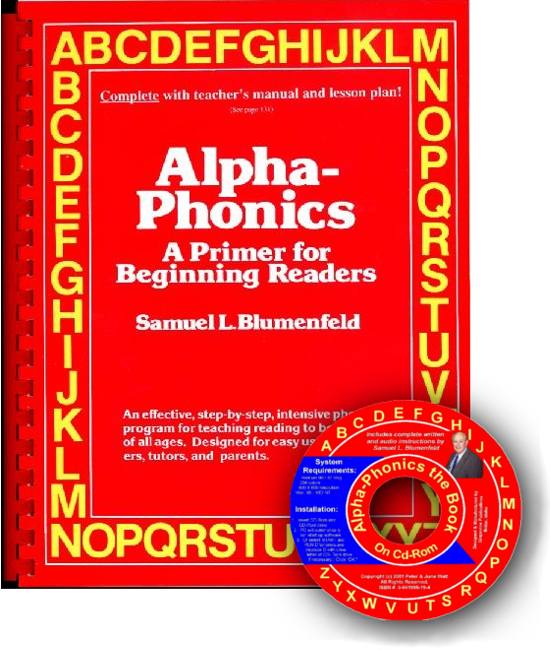 Alpha-Phonics
Alpha-Phonics The Alphabet Song!
The Alphabet Song! Water on the Floor
Water on the Floor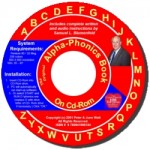 Alpha-Phonics the Book on CD Rom
Alpha-Phonics the Book on CD Rom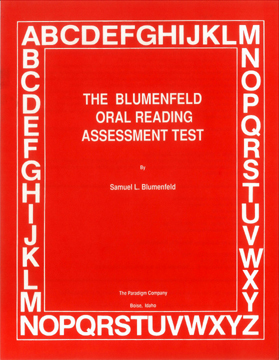 Blumenfeld Oral Reading Assessment Test
Blumenfeld Oral Reading Assessment Test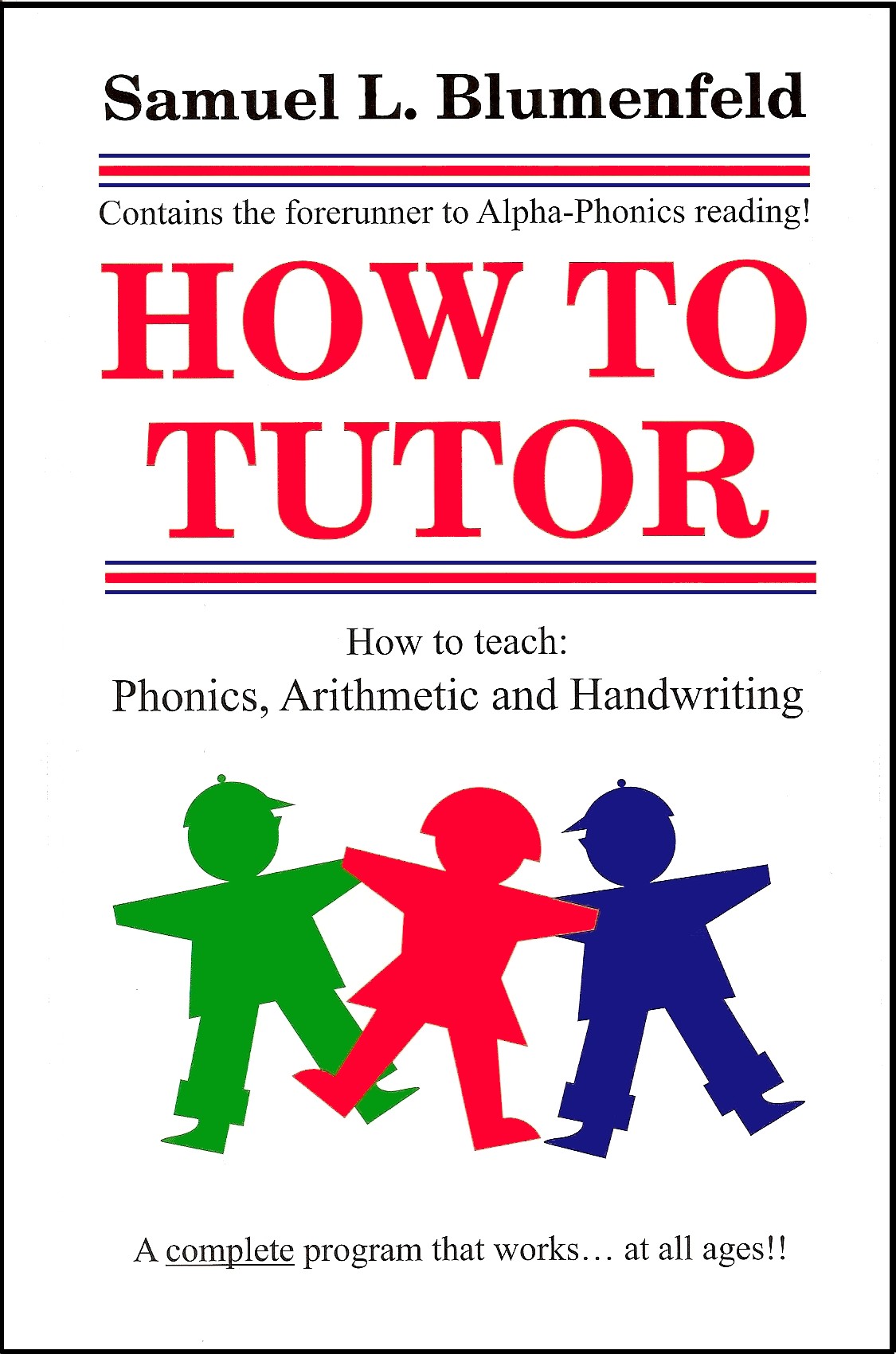 How To Tutor
How To Tutor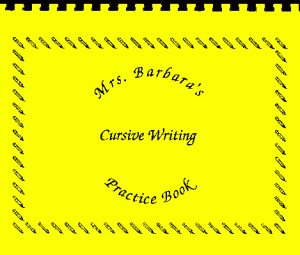 How To Tutor Cursive Handwriting Workbook
How To Tutor Cursive Handwriting Workbook